
The Overlooked Connection: Casinos and Grocery Stores
Although visiting a casino often feels worlds apart from a weekly grocery shop, these spaces are engineered with strikingly similar psychological techniques. By leveraging insights from consumer behavior and environmental psychology, supermarkets and casinos alike are meticulously laid out to keep us engaged and spending, often without us realizing it.
Strategic Store Layouts: Guiding Movements and Choices
Retail and casino environments are intentionally mapped to influence where we walk, what we see, and how we buy or play. According to consumer behavior specialists, there’s little left to chance in these designs.
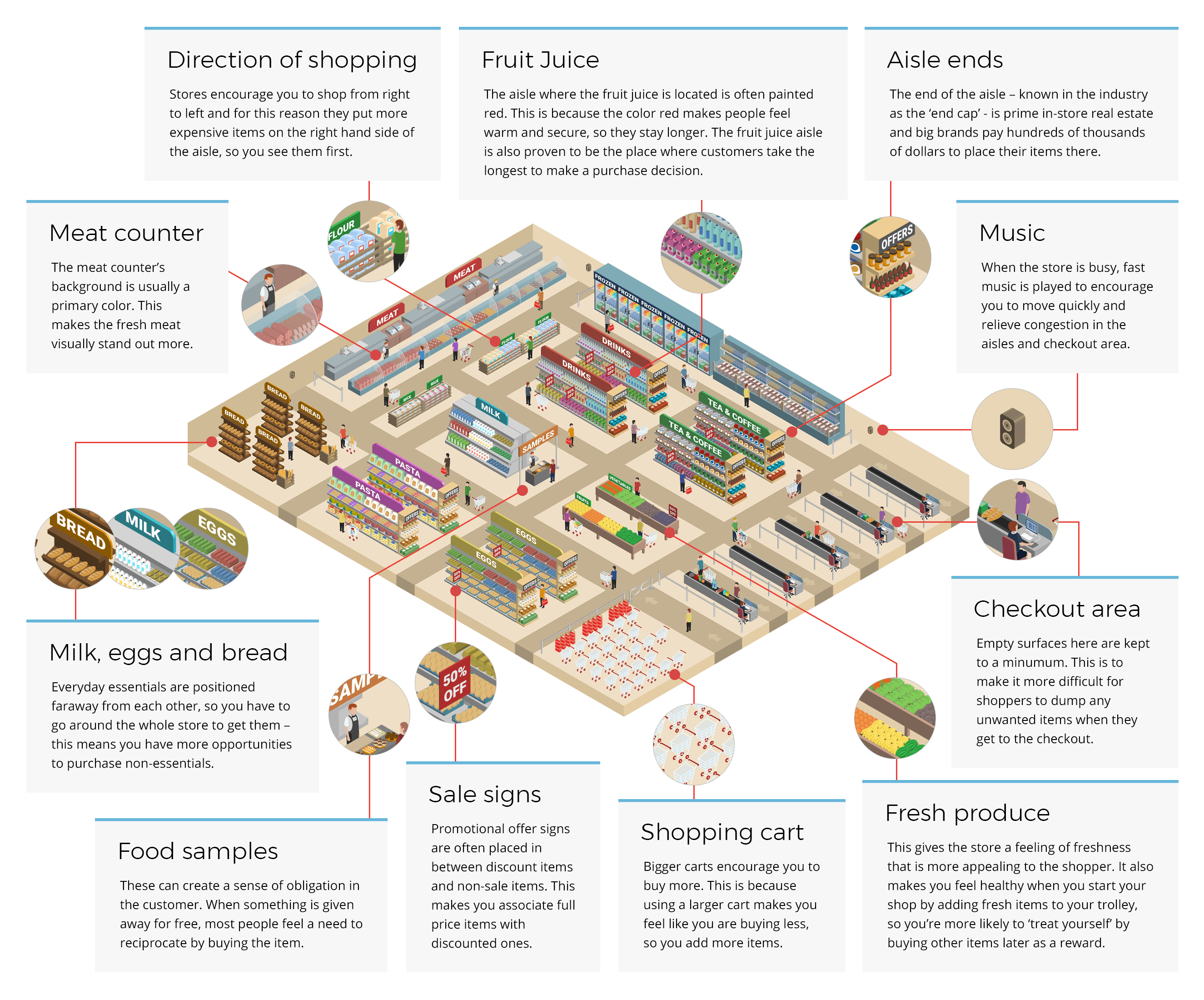
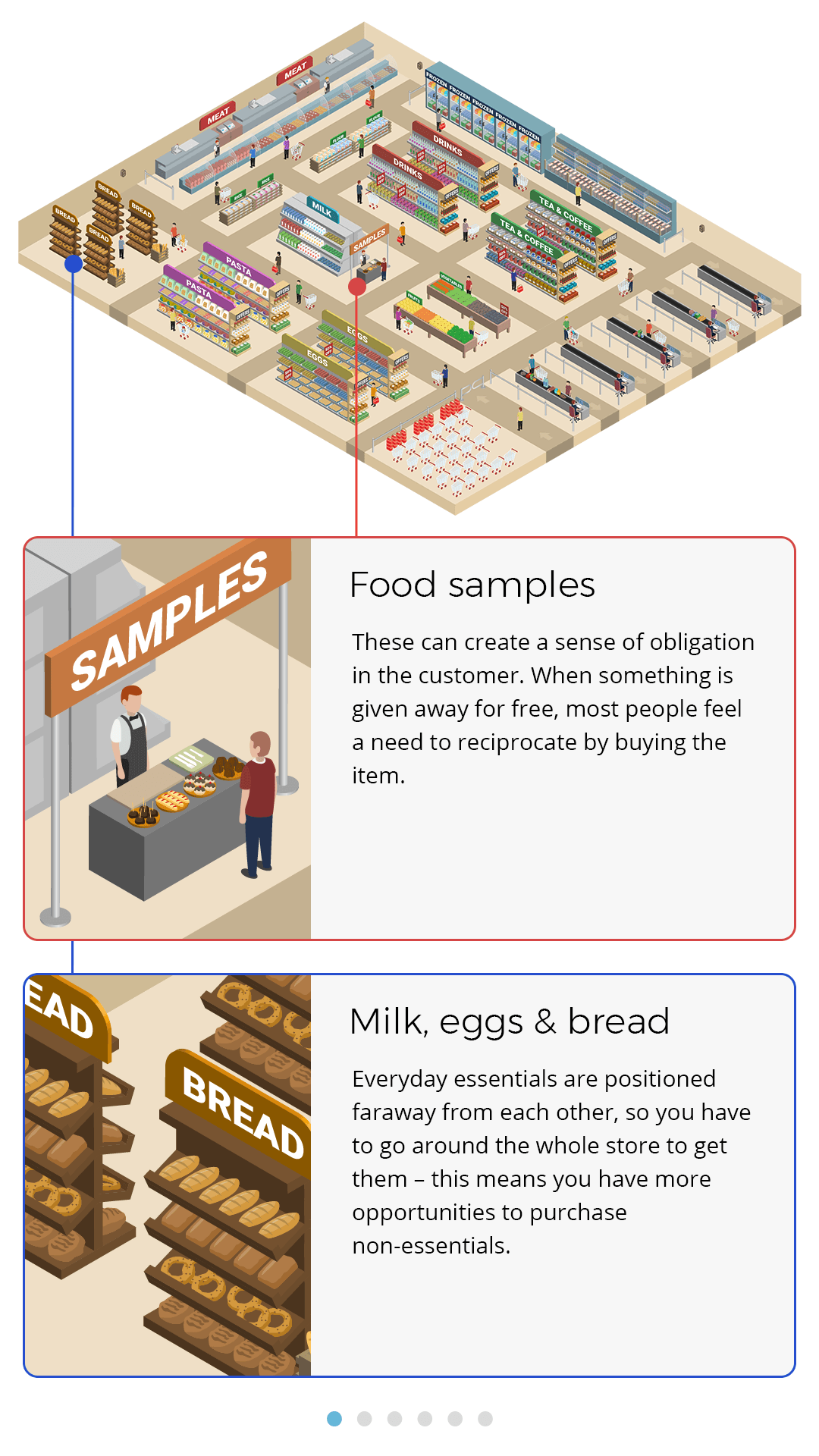
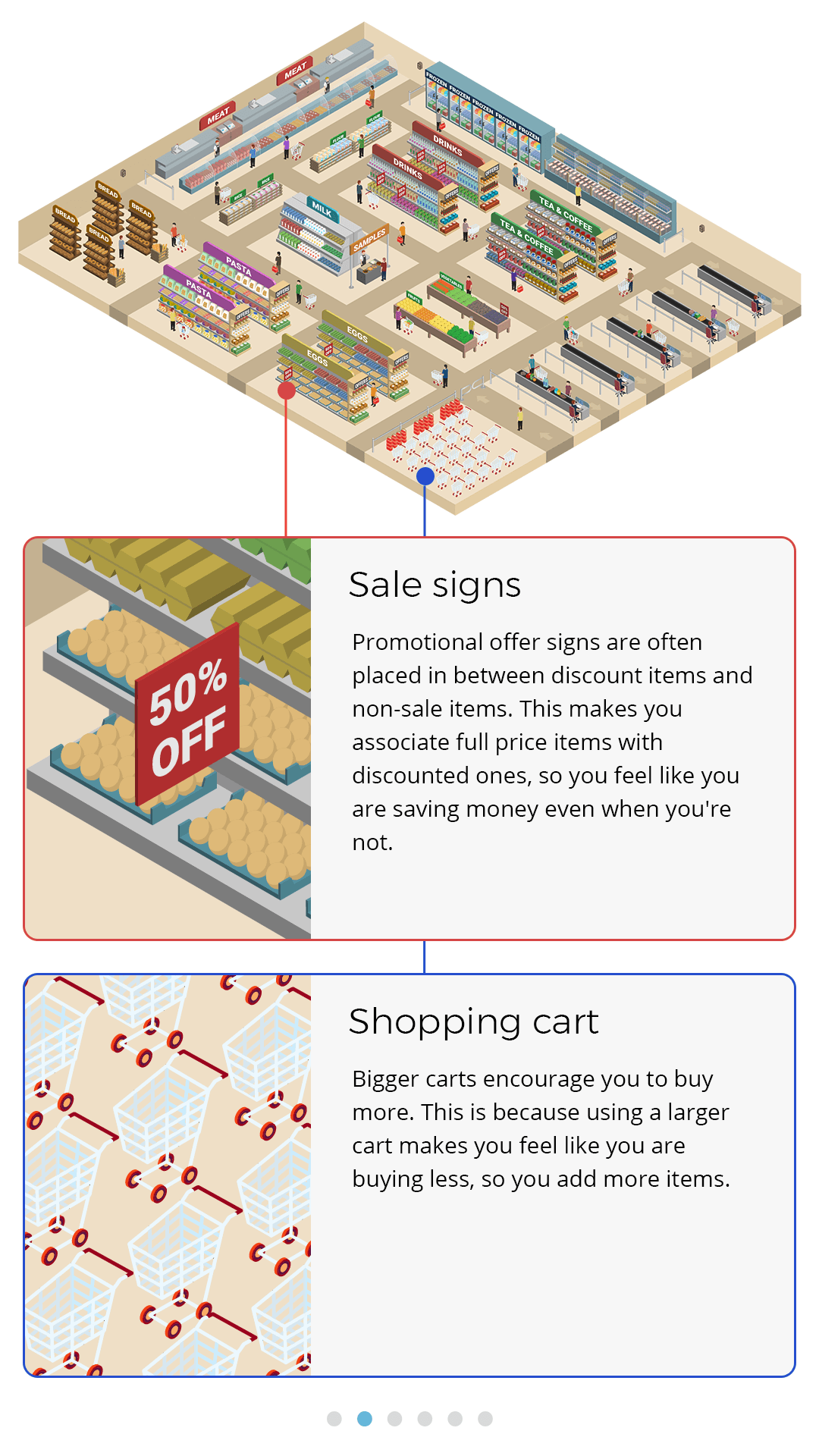
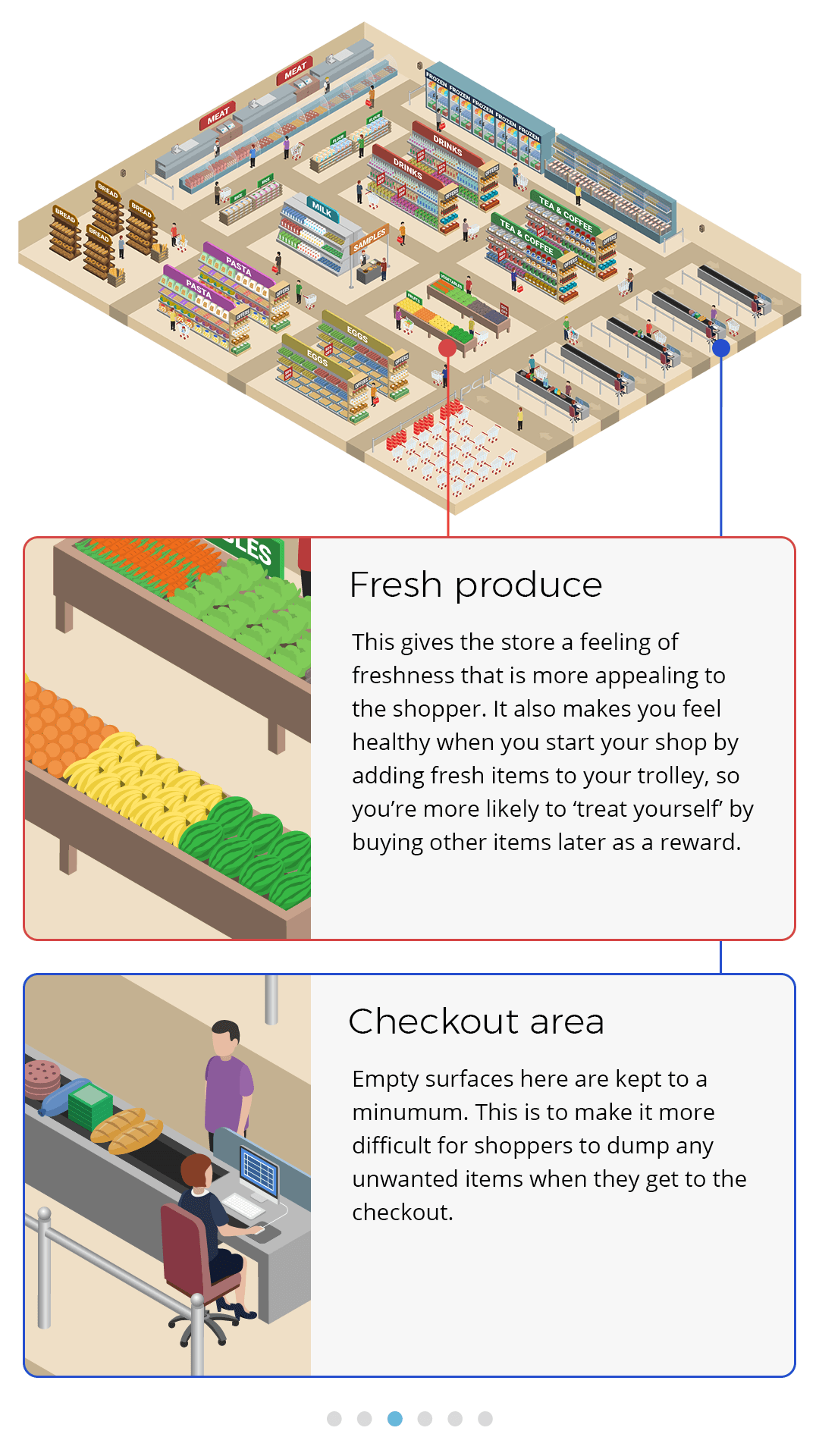
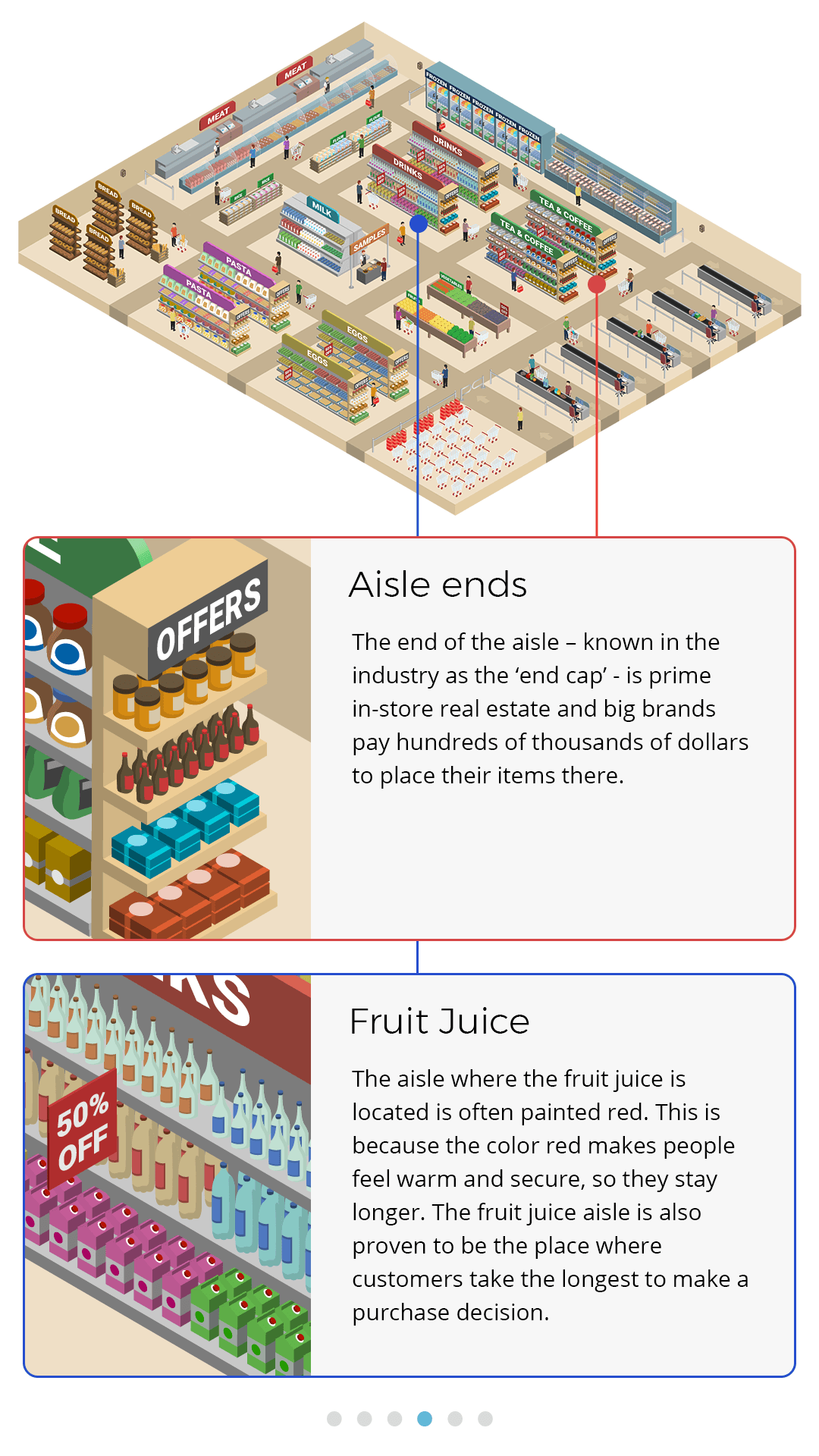
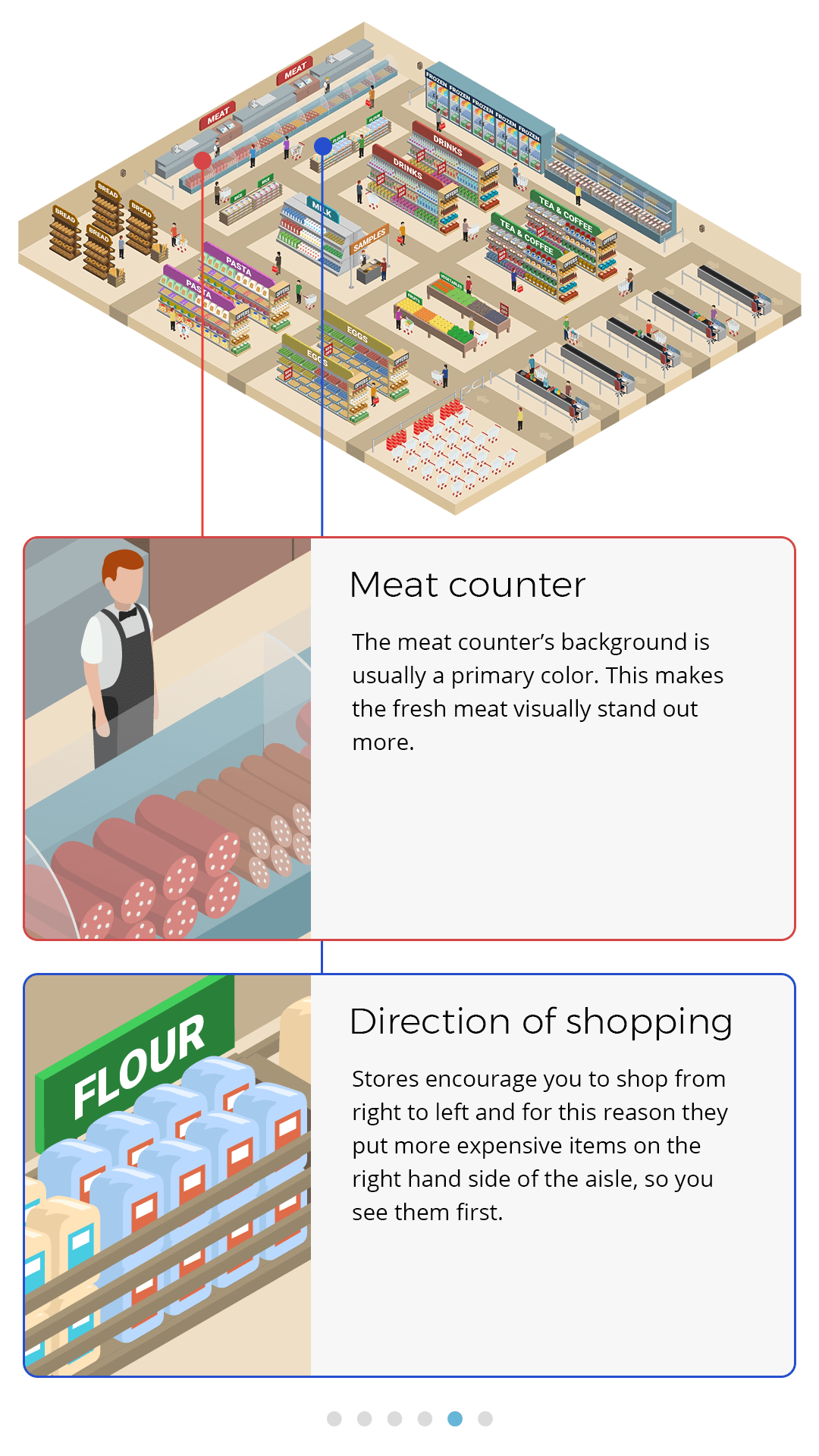
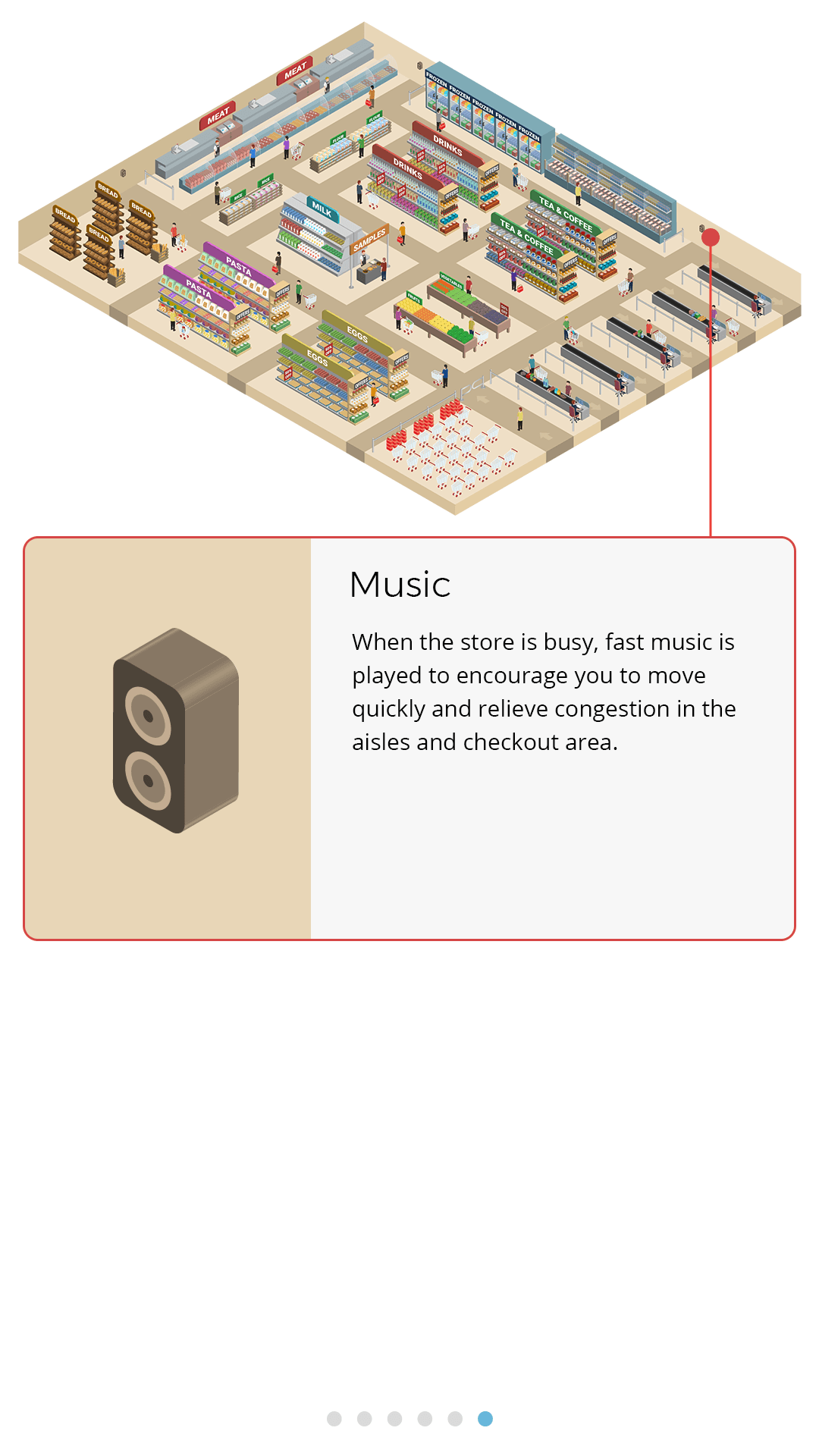
Research shows people are naturally drawn to turn left when entering a space. Supermarkets exploit this by placing visually rich attractions, like floral displays or seasonal items, immediately to the right of the entrance, nudging shoppers into a counterclockwise journey. Meanwhile, basics such as bread, milk, or eggs are spread out in distant corners-ensuring customers traverse more aisles and encounter more products before completing their shop.
Casinos magnify this segmented strategy. High-value players are directed to exclusive areas, while casual visitors and hotel guests travel through rows of slots and affordable games, exposing them to more opportunities to play. Game placement and facility locations like restrooms are all calculated to maximize visibility and footfall.
Younger visitors, particularly those seeking a social atmosphere, find gaming machines grouped in clusters rather than endless rows. For example:
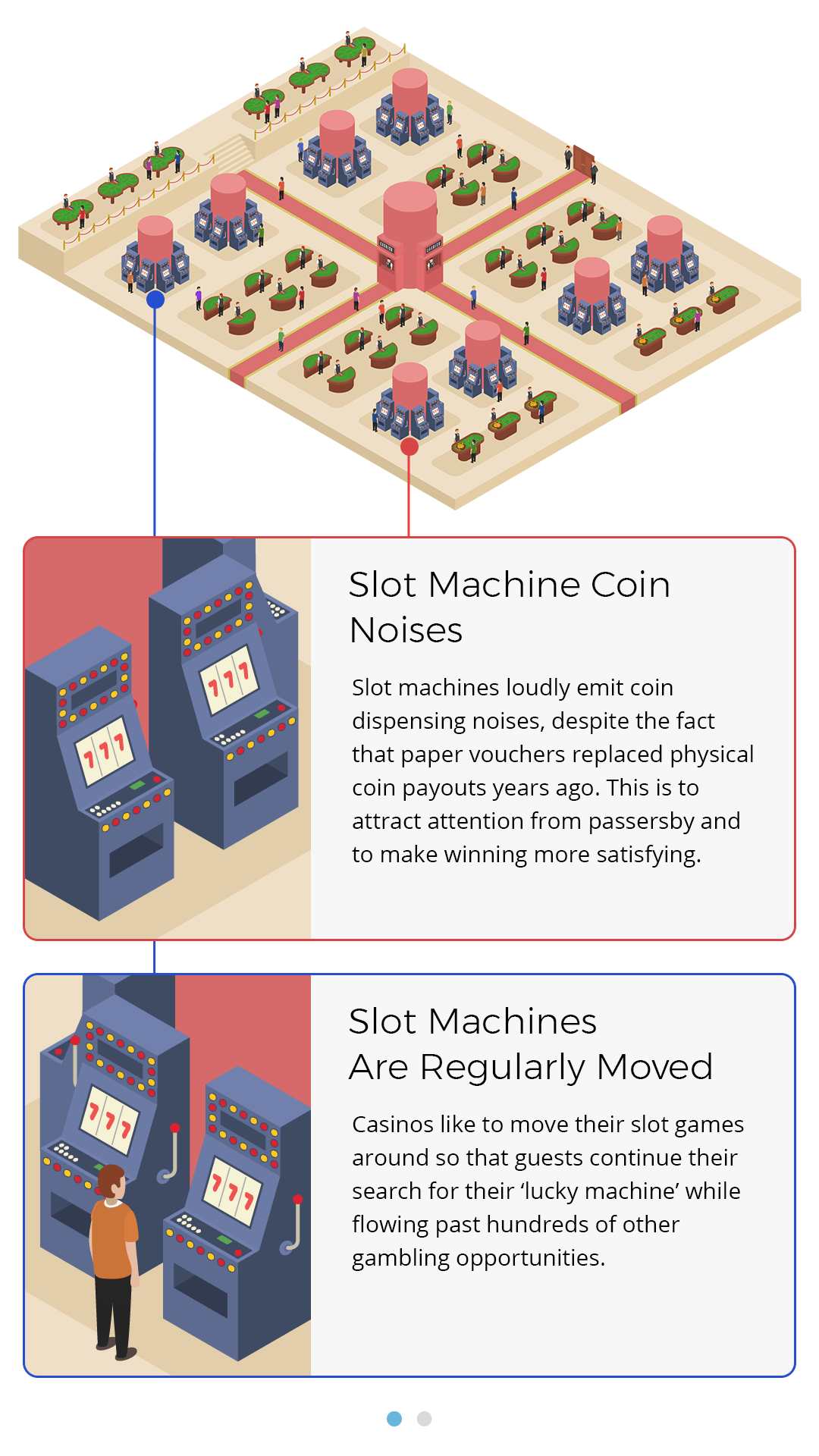
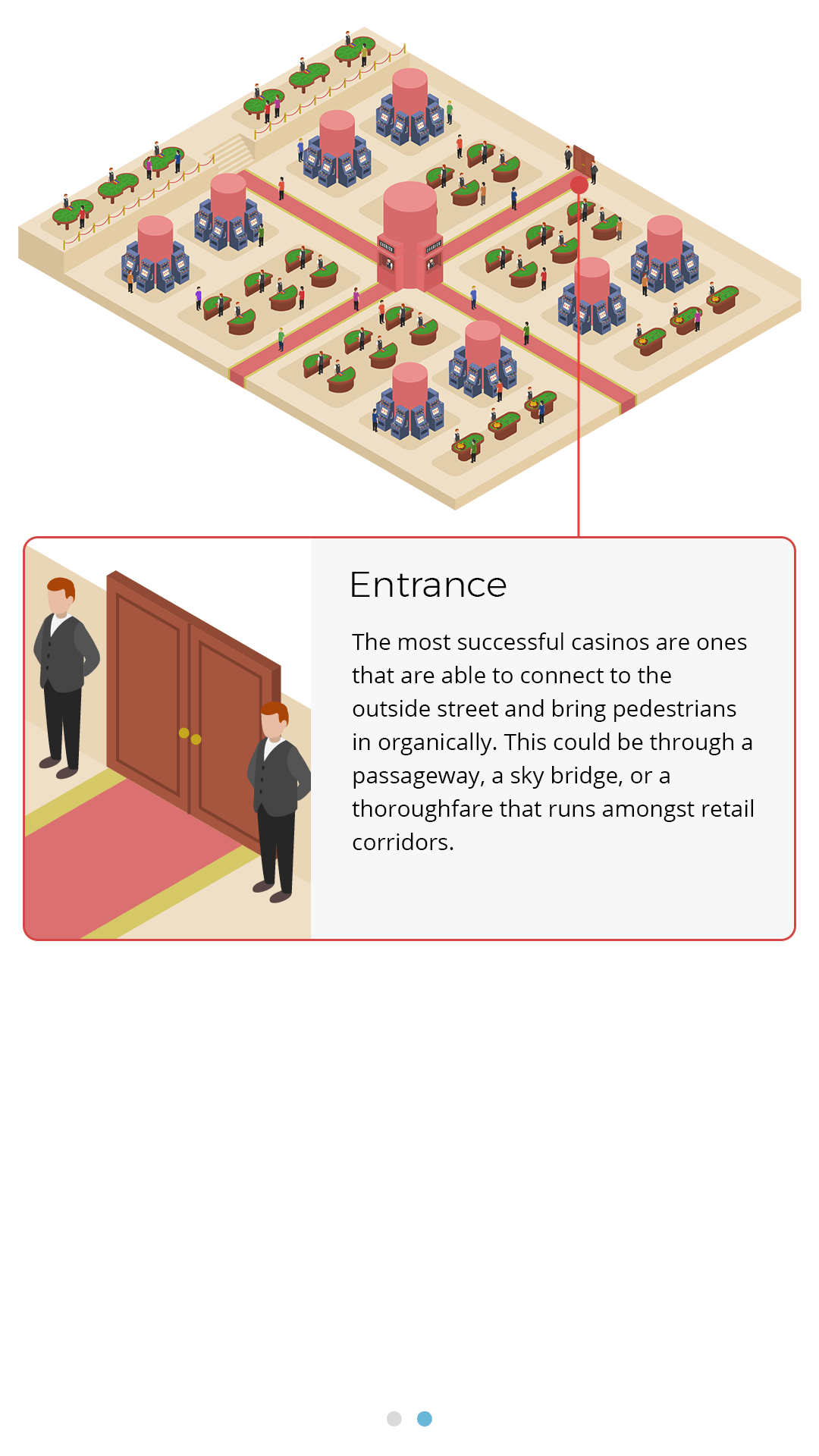
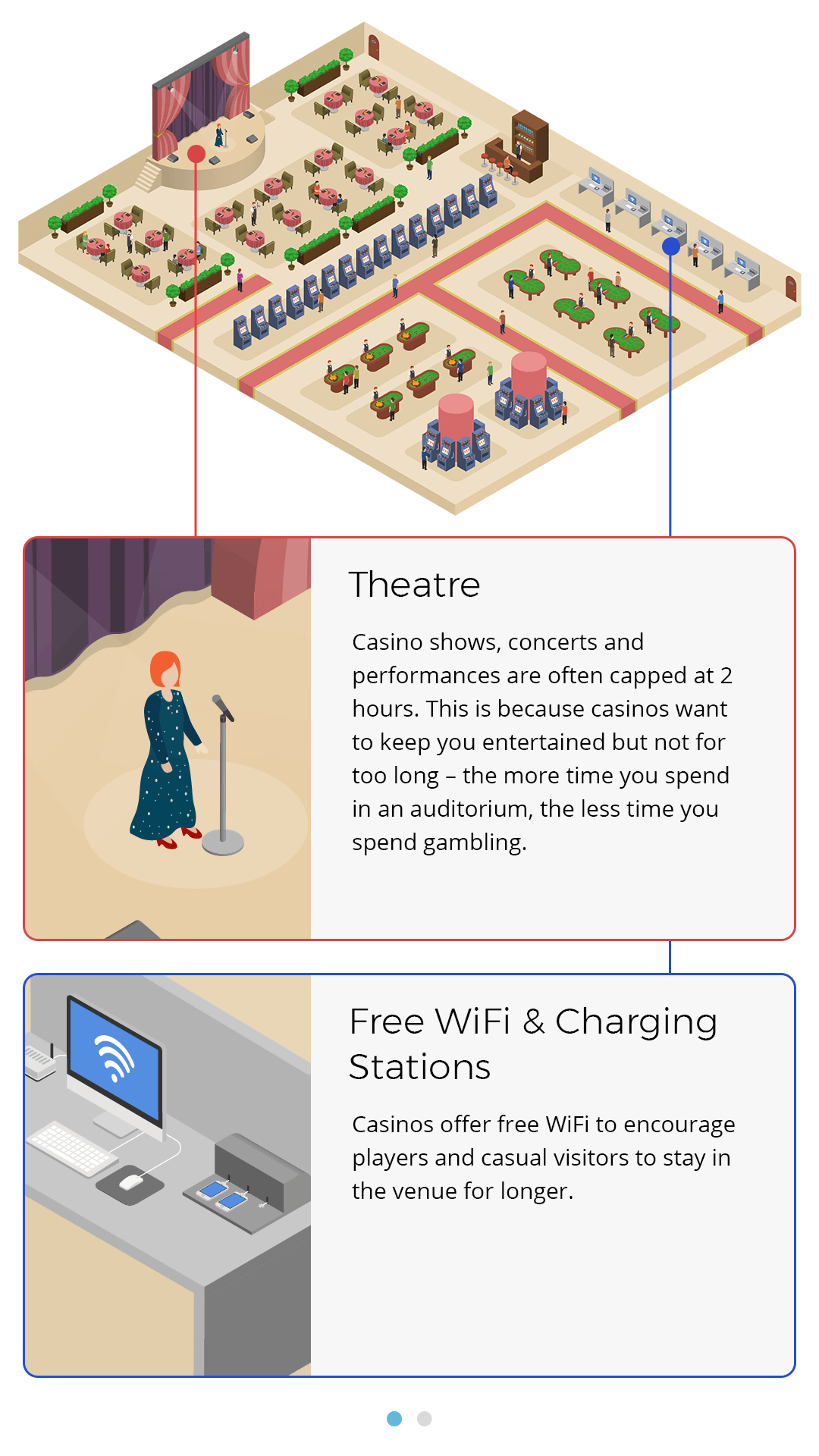
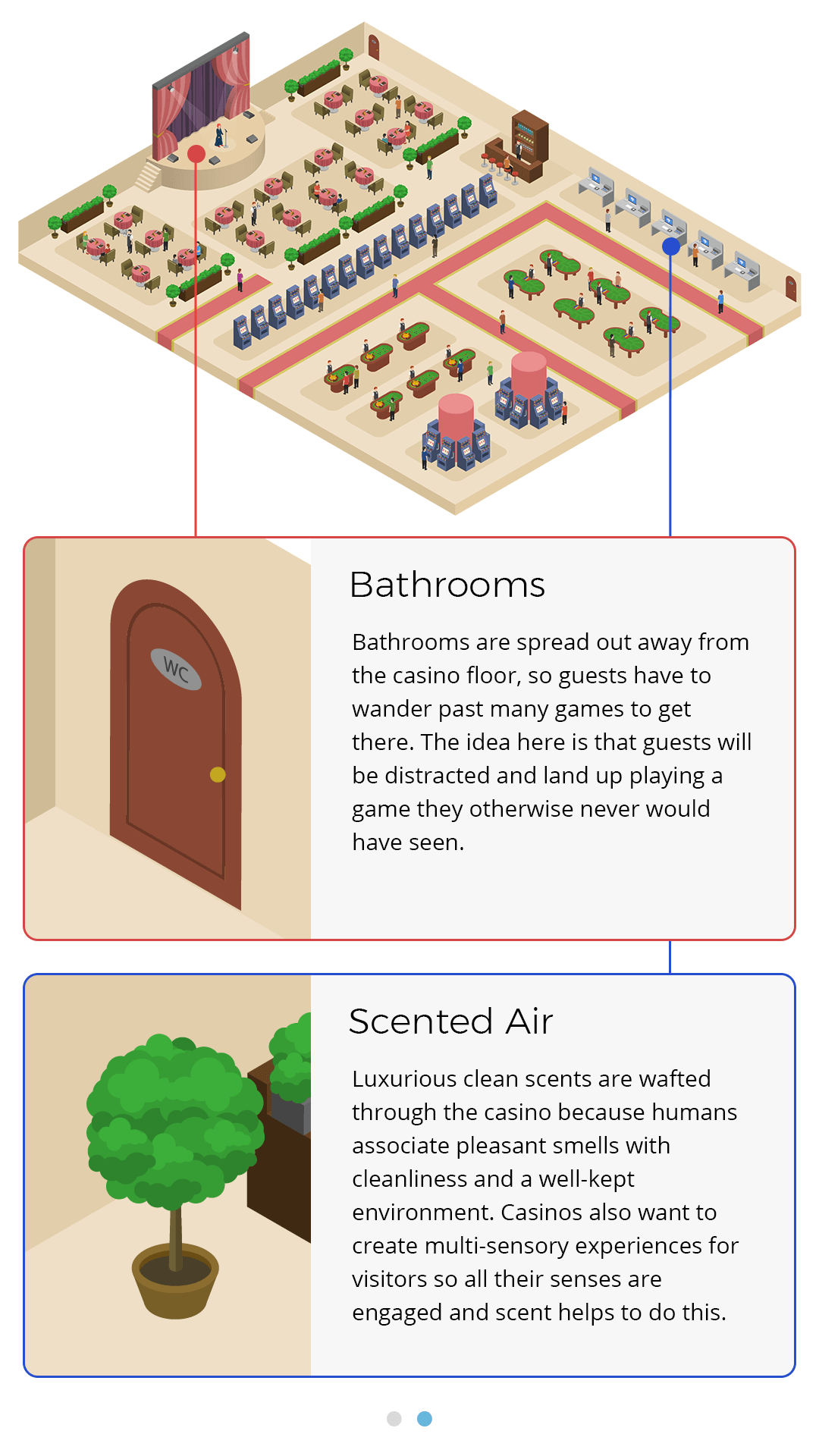
Lighting also plays a crucial role. In American casinos, up to 90% of the floor space may be dedicated to machines rather than table games-opposite ratios found in many Asian establishments. Designers use targeted light for tables to keep guests focused, without overwhelming the space.
Engaging All the Senses: Creating Immersive Environments
Both supermarkets and casinos understand that a multi-sensory approach enhances the overall experience and increases dwell time.

Source: CorriganMist.com
Upon entering, grocery shoppers are greeted by vibrant produce, fragrant flowers, and the aromas of freshly baked goods. Bright lighting and even strategic misting (which surprisingly can make some items spoil faster) are used to make food appear more enticing. Color psychology also plays a part; bananas, for example, are selected for a specific yellow tone shown to attract buyers.
Music isn’t chosen at random either. Studies show that slow background music can boost sales by up to 38%, as shoppers move more slowly and consider more products. Pleasant, uplifting tunes keep customers in a positive frame of mind-and more likely to keep shopping.
Casinos are equally invested in sensory psychology. Custom scents create a luxurious, relaxing ambiance. One notable experiment found that slot machine areas infused with a pleasant fragrance saw a 45% uptick in profit compared to unscented areas, proving the power of smell.
Sound is used just as tactically-with slot machines still producing the celebratory jingle of coins, even though payouts are now digital. The effect keeps energy high and excitement constant.
Modern casinos break away from the dark, maze-like setups of the past. Instead, they turn to open layouts, natural light, high ceilings, and striking artwork, all to elevate mood and extend guests’ enjoyment.

Image: ‘Bellagio Hotel Lobby’ by Flickr/BobDass (CC by 2.0)
Entrances and Exits: The Power of the First Impression
Designers recognize that their greatest opportunity for influence comes when shoppers or players first enter a space. Supermarkets stage premium samples and innovative products right by the entrance to slow traffic and encourage browsing. Single-direction entrances and exits make quick stops nearly impossible, guiding everyone past high-visibility ‘endcap’ displays-locations that can boost sales by up to eight times compared to standard shelf positioning.
Casinos, too, have shifted from overwhelming visitors with slot machines at the door to creating dramatic, inviting entryways that feel like luxury hotel lobbies. Artistic focal points-such as the renowned Chihuly installation in the Bellagio-welcome guests and set the tone for an enjoyable experience. Entrances are strategically positioned to attract passersby and maximize exposure to new visitors.
Adapting for Every Customer: How Demographics Shape Design
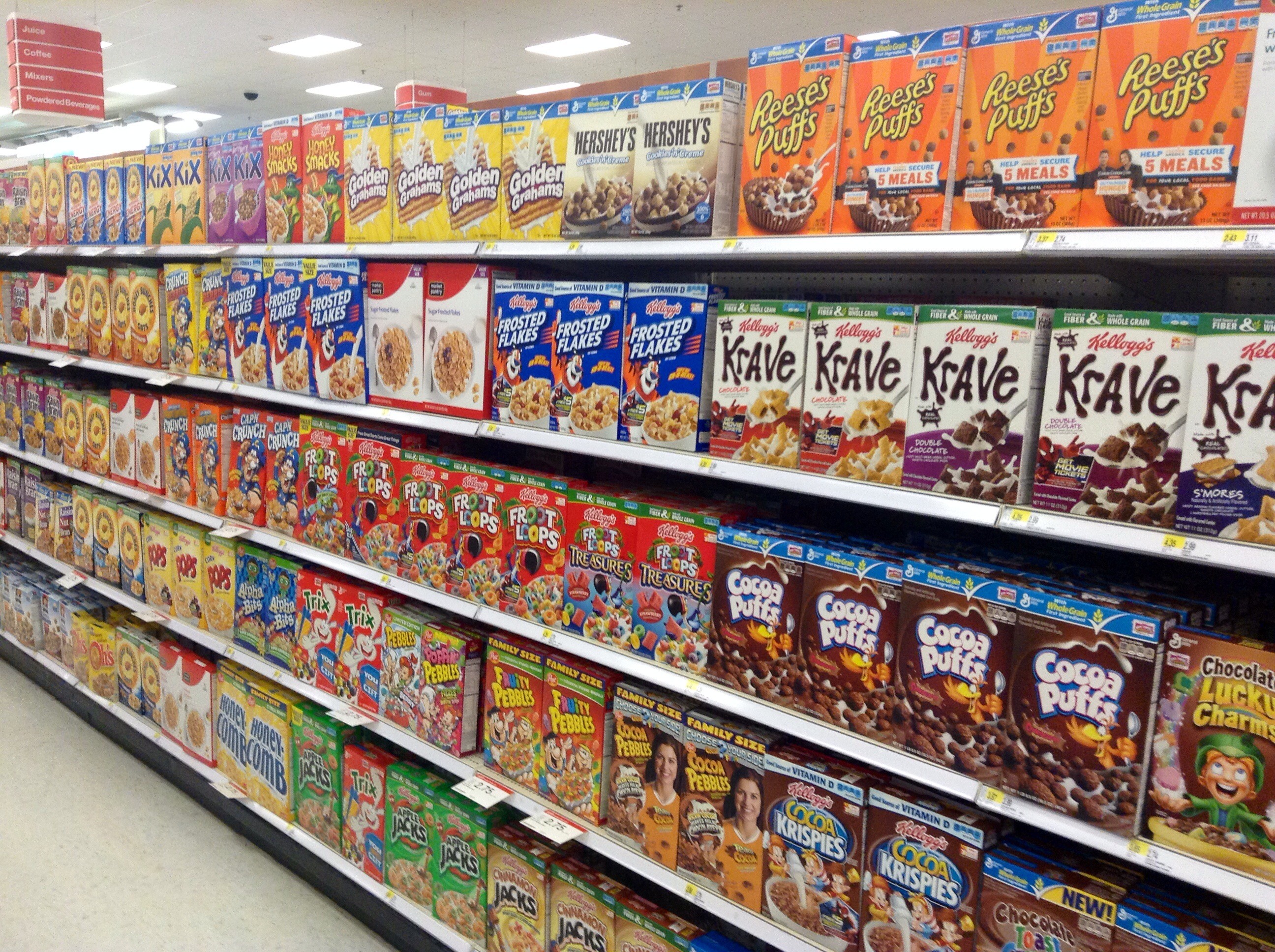
Image: ‘Breakfast Cereal’ by Flickr/JeepersMedia (CC by 2.0)
Both supermarkets and casinos need to cater to a vast range of tastes and spending habits. Supermarkets offer multiple price points by stocking shelves vertically: premium brands at eye level, generics on lower shelves, and products designed to catch children’s attention placed at child-friendly heights (think sugary cereals).
Casinos are also adjusting as traditional core demographics, such as middle-aged female slot players, age out. With nearly four in ten millennials in the US visiting casinos regularly, modern gaming venues introduce enhanced technology, social gaming spaces, Wi-Fi, and more communal entertainment options to appeal to younger customers.
The Shared Goal: More Time Spent, More Money Spent

Despite their different purposes, the ultimate aim of both casino and supermarket layouts is to encourage you to stay longer and spend more. With every visit, you’re being subtly guided-whether you’re searching for tonight’s dinner ingredients or the next slot machine jackpot. Being aware of these design strategies is the first step to making smarter, more intentional choices, no matter where you shop or play.
Sources:
- New Yorker: Royal Flush
- Wilson Associates (James Carry): wilsonassociates.com
- Motionloft (Daniel Malak): motionloft.com
- California State University, Vassilis Dalakas Ph.D.: csusm.edu
- Schull, N. (2014), Addiction by Design: Machine Gambling in Las Vegas, Princeton University Press
- Eyal, N. (2014), Hooked: How to Build Habit-Forming Products, Portfolio Penguin
- Friedman, B. (2000), Designing Casinos to Dominate the Competition, Institute for the Study of Gambling and Commercial Gaming
- Venturi, R. (1972), Learning from Las Vegas, MIT Press
- Milliman, R. (1982), Using Background Music to Affect the Behavior of Supermarket Shoppers, American Marketing Association
- Hirsch, A. (1995), Effects of Ambient Odors on Slot-Machine Usage in a Las Vegas Casino, Psychol. Mark., 12: 585-594.
- Lindstrom, M. (2012), Brandwashed: Tricks Companies Use to Manipulate Our Minds and Persuade Us to Buy, Kogan Page













